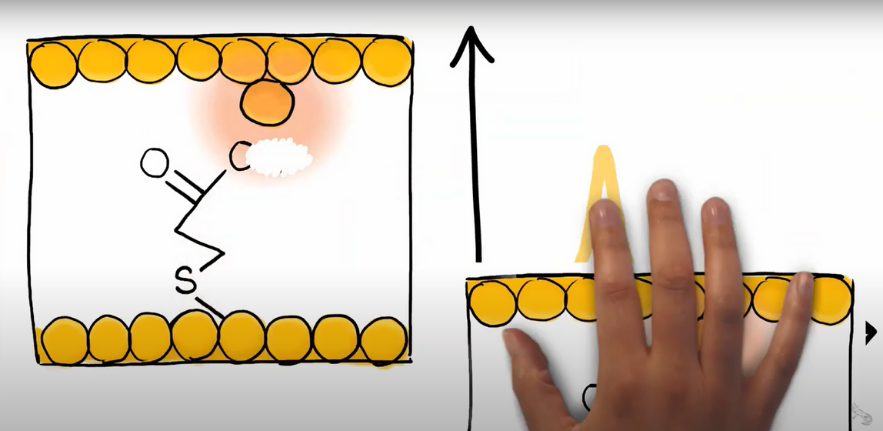
Submitted by Vanessa Bismuth on Mon, 07/06/2021 - 12:14
A new technique from the Cavendish’s NanoPhotonics Centre traps light down to a single atom, enabling researchers to watch individual molecules and their chemical changes.
Acid concentration is crucial for the chemistry of life, and the transformation of chemicals into useful materials. However it is less clear how such transformations work at the nanoscale working at the scale of individual H+ ions.
Now a new technique invented by the research team led by Jeremy Baumberg at the Cavendish’s NanoPhotonics Centre has shown that light can be trapped down to these fantastically-small scales and used to watch the H+ ions bind and unbind in chemistry at the single molecule level.
In a paper published in Science Advances, the research team details how, by watching a single molecule for several minutes, they can reconstruct the landscape in which the ion sits and uncover strange changes in this landscape from their surroundings. This new prospect allows new ways to watch the mysteries of catalysis at metal surfaces that underpin chemical production from medicines to fertilisers, and to develop electronic IT devices based on molecules.
Reference
Junyang Huang et al. ’Tracking interfacial single-molecule pH and binding dynamics via vibrational spectroscopy. Science Advances; 4 June 2021; DOI: 10.1126/sciadv.abg1790
